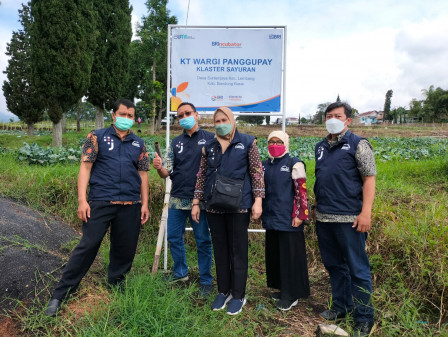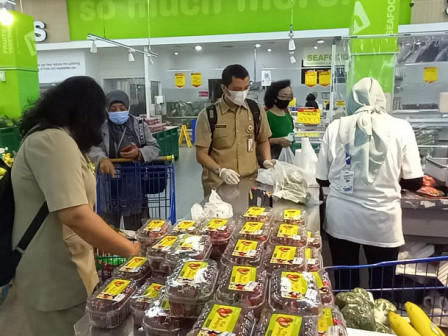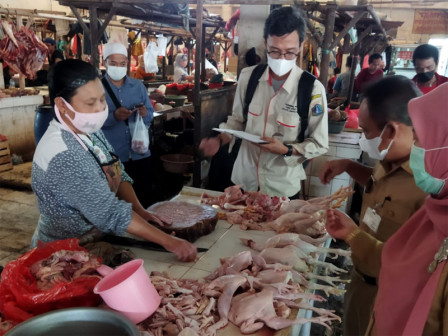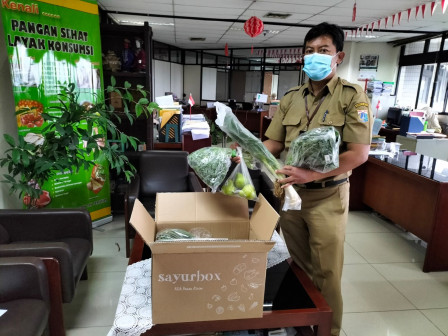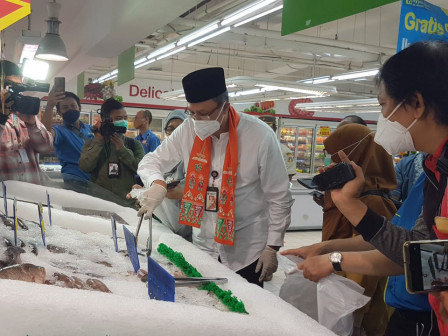Jakarta to Intensify Fresh Food Inspection Before Christmas and New Year
Reported by Aldi Geri Lumban Tobing | Translated by Nugroho Adibrata
Jakarta Maritime, Agriculture and Food Security (KPKP) Agency is about to intensify fresh food inspection before Christmas and New Year.
This is a must, as it is alleged that the use of pesticides during the rainy season is relatively higher than in the summer
Similar action will also be conducted in food production centers outside Jakarta, such as in Cianjur and Lembang, West Java.
Team from Food Security under KPKP Agency, directly inspected food commodities specifically for vegetables at the farmer level in the field, including chilies, tomatoes, cabbage, chicory and other important vegetables.
South Jakarta Carries Out Food Inspection in Five MarketsKPKP Agency Head, Suharini Eliawati said, the Swasaya Agricultural and Rural Training Center or Mitra Parahyangan P4S, which is located in two sub-districts in Cianjur and Lembang has a large enough market share, which is distributed to Jakarta, especially through Kramat Jati Main Market.
"They (P4S) also do distribution to supermarkets in Jakarta and Bogor. The average number of distribution to Jakarta is between one and two tons," she expressed, Monday (12/6).
According to him, this inspection was important to provide security guarantees and to further convince Jakartans that the food is safe from contamination with hazardous materials.
"This is a must, as it is alleged that the use of pesticides during the rainy season is relatively higher than in the summer," she explained.
Besides monitoring pesticides, the team saw firsthand how the post-harvest handling process for fresh leaf vegetables and fruit commodities from the garden to ready to be sent to the final consumer.
"Post-harvest handling of fresh commodities of tomatoes, chilies, cabbage, mustard greens and other vegetables is quite simple. However, it already has standards issued by BP POM and Agriculture Ministry's Central Food Safety Competence Authority (OKKPP)
She added, the arrangements start from the food entering from the field, until it is washed clean through running and pressurized water, entering the conveyor to be drained to grading according to relatively the same size to facilitate packaging.
"Packaging itself is done with food grade plastic that has been made in such a way according to weight and size standards," she closed.
